Home>Gardening & Outdoor>Landscaping Ideas>How To Grow Grass In Low Light Areas
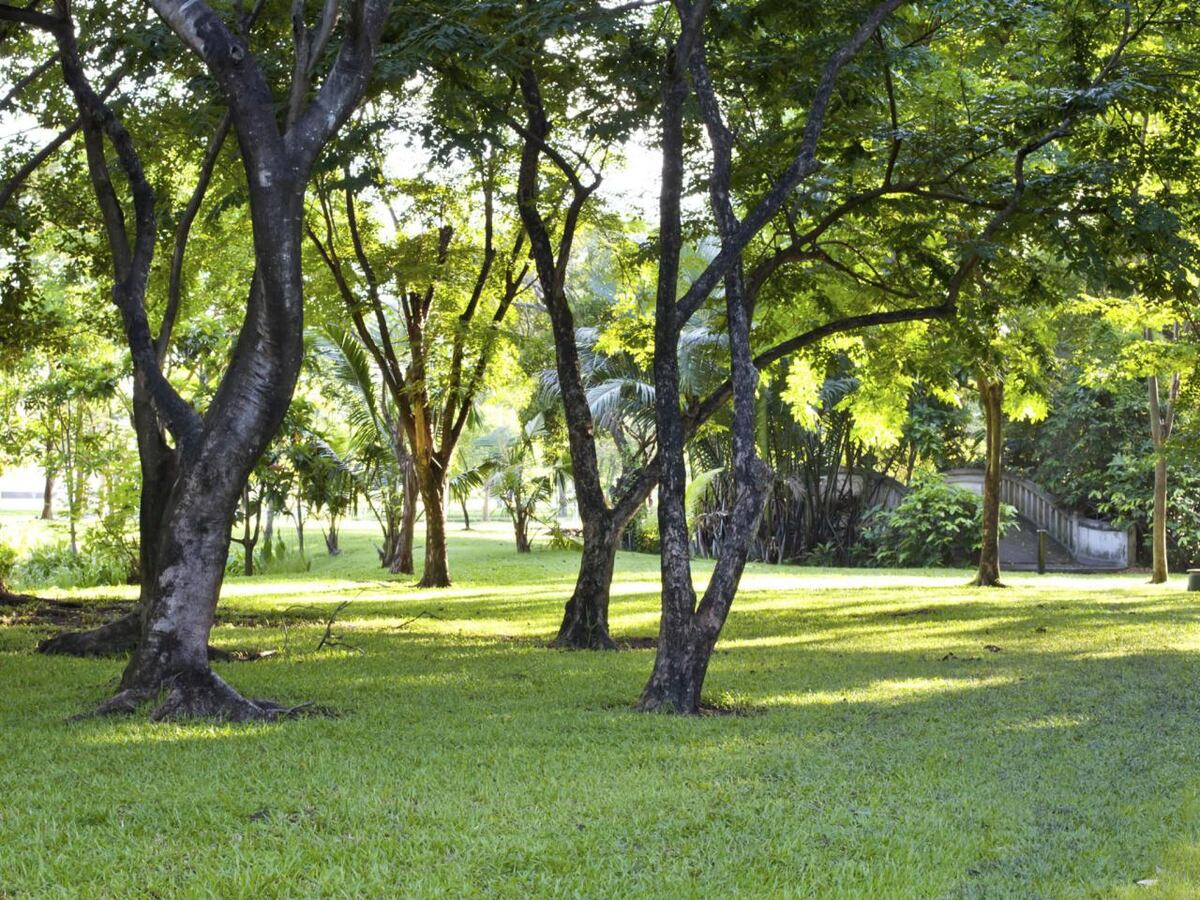

Landscaping Ideas
How To Grow Grass In Low Light Areas
Modified: August 17, 2024
Discover effective landscaping ideas for growing grass in low light areas. Transform your yard with our expert tips and techniques. Achieve lush, green grass in any environment.
(Many of the links in this article redirect to a specific reviewed product. Your purchase of these products through affiliate links helps to generate commission for Storables.com, at no extra cost. Learn more)
Introduction
Growing a lush, vibrant lawn in low light areas can be a challenging endeavor for many homeowners and landscapers. The amount of sunlight a lawn receives plays a crucial role in its overall health and vitality. However, with the right knowledge and techniques, it is possible to cultivate a thriving grassy landscape even in areas with limited sunlight.
In this comprehensive guide, we will explore the intricacies of growing grass in low light conditions. From understanding the challenges associated with limited sunlight to selecting the most suitable grass species and implementing effective soil preparation and maintenance strategies, this article will equip you with the essential insights to transform shaded areas into verdant, inviting spaces.
Whether you are dealing with shaded yards, areas under dense tree canopies, or sections of your garden that receive minimal direct sunlight, the tips and recommendations presented here will empower you to overcome the obstacles of low light conditions and nurture a healthy, resilient lawn.
Embark on this enlightening journey to discover the secrets of cultivating thriving grass in low light areas, and unlock the potential of your shaded outdoor spaces.
Key Takeaways:
- Choose shade-tolerant grass like fine fescue and perennial ryegrass for low light areas. Their ability to thrive in limited sunlight makes them ideal for shaded lawns, creating vibrant and resilient landscapes.
- Prepare the soil by testing, aerating, and adding nutrients to support grass growth in low light. Strategic watering and maintenance techniques are crucial for nurturing healthy, lush lawns despite reduced sunlight.
Read more: How To Grow Grass In Shaded Areas
Understanding the Challenges of Growing Grass in Low Light Areas
Growing grass in low light areas presents a unique set of challenges that can hinder the establishment and maintenance of a healthy lawn. The primary obstacle stems from the reduced availability of sunlight, which is essential for the process of photosynthesis – the mechanism through which plants produce energy. In shaded or low light areas, the diminished sunlight limits the grass's ability to generate the necessary nutrients, leading to slower growth and increased susceptibility to stressors.
Furthermore, the lack of adequate sunlight can impede the grass's capacity to develop a robust root system. In turn, this compromises the plant's ability to absorb water and essential nutrients from the soil, making it more vulnerable to drought conditions and nutrient deficiencies. As a result, grass in low light areas may exhibit reduced vigor, thinning, and an overall lack of resilience.
In addition, low light areas often experience higher levels of moisture retention and reduced air circulation. These conditions create an environment conducive to the proliferation of fungal diseases, such as powdery mildew and dollar spot, which can further compromise the health and appearance of the grass.
Moreover, the presence of trees or shrubs in shaded areas can contribute to additional challenges. The competition for water, nutrients, and space between the grass and the surrounding vegetation can hinder the grass's growth and development, leading to patchy or uneven coverage.
Understanding these challenges is crucial for devising effective strategies to address the specific needs of grass in low light areas. By acknowledging the limitations imposed by reduced sunlight and the associated environmental factors, it becomes possible to implement targeted solutions that promote the resilience and vitality of the grass, ultimately transforming shaded spaces into thriving green landscapes.
Choosing the Right Type of Grass for Low Light Conditions
Selecting the appropriate type of grass is paramount when aiming to establish a resilient and visually appealing lawn in low light areas. Certain grass species exhibit greater tolerance to shade and are better equipped to thrive in conditions with limited sunlight. Understanding the characteristics of these shade-tolerant grasses and their suitability for specific low light environments is essential for achieving successful results.
One of the most popular grass species renowned for its adaptability to shaded areas is fine fescue. This versatile grass variety encompasses several subtypes, including creeping red fescue, chewings fescue, hard fescue, and sheep fescue. Fine fescue grasses are celebrated for their exceptional shade tolerance, making them an ideal choice for lawns situated in low light conditions. Their fine texture, dense growth habit, and ability to thrive in cool, moist environments render them well-suited for shaded landscapes.
Another shade-tolerant grass variety worth considering is the perennial ryegrass. This resilient grass species exhibits a notable capacity to endure reduced sunlight, making it a valuable addition to low light lawns. Perennial ryegrass is characterized by its rapid germination and establishment, contributing to its appeal for shaded areas. Its ability to form a dense, lush turf under shaded conditions enhances its desirability for homeowners and landscapers seeking to revitalize low light spaces.
Additionally, the shade-tolerant characteristics of certain types of Kentucky bluegrass make them a viable option for low light environments. While Kentucky bluegrass is renowned for its preference for full sun, certain cultivars within this species demonstrate enhanced shade tolerance, enabling them to thrive in areas with limited sunlight. When selecting Kentucky bluegrass for low light conditions, it is advisable to opt for shade-tolerant varieties specifically bred to withstand reduced light levels.
Furthermore, the inclusion of shade-tolerant turf blends, which combine multiple grass species with varying shade tolerance, can offer a comprehensive solution for cultivating resilient lawns in low light areas. These specialized blends often incorporate a mix of fine fescue, perennial ryegrass, and shade-tolerant Kentucky bluegrass varieties, harnessing the unique strengths of each species to create a robust and adaptable turf suitable for shaded environments.
By carefully evaluating the shade tolerance and growth characteristics of different grass species, homeowners and landscapers can make informed decisions when selecting the most suitable type of grass for low light conditions. This strategic approach ensures that the chosen grass variety aligns with the specific shade levels and environmental dynamics of the target area, laying the foundation for a thriving and enduring lawn in spite of limited sunlight.
Preparing the Soil for Grass Growth in Low Light Areas
The soil serves as the foundation for the successful establishment and sustained growth of grass in low light areas. Proper soil preparation is essential to create an environment conducive to healthy root development, efficient nutrient uptake, and overall resilience of the grass. In low light conditions, where the grass faces inherent challenges, optimizing the soil composition and structure becomes paramount to support its vitality.
Soil Assessment and Amendment
Before embarking on the process of soil preparation, it is crucial to conduct a comprehensive assessment of the existing soil conditions in the low light area. Factors such as soil pH, texture, and drainage capacity play a pivotal role in determining the suitability of the soil for grass growth. Soil testing can provide valuable insights into the nutrient levels and composition, enabling informed decisions regarding the necessary amendments.
In low light areas, the soil may exhibit characteristics that impede optimal grass growth, such as compacted or poorly aerated soil. To address these issues, aeration can be employed to alleviate compaction and enhance air and water penetration. Additionally, incorporating organic matter, such as compost or well-decomposed manure, into the soil can improve its structure, moisture retention, and nutrient availability, fostering an environment conducive to robust grass growth.
Read more: How To Grow Grass In Mossy Areas
Selecting the Right Soil Amendments
Based on the results of the soil test, targeted soil amendments can be introduced to rectify deficiencies and optimize the soil for grass cultivation in low light conditions. Adjusting the soil pH to the appropriate range for the selected grass species is crucial for facilitating nutrient uptake and minimizing potential nutrient imbalances. Lime may be applied to raise the pH in acidic soils, while elemental sulfur can be utilized to lower the pH in alkaline soils, ensuring an optimal growing environment for the grass.
Furthermore, the addition of balanced, slow-release fertilizers tailored to the specific nutrient requirements of the grass species can supplement the soil with essential elements, promoting healthy growth and resilience. Phosphorus, potassium, and nitrogen are among the key nutrients that contribute to robust root development, disease resistance, and overall vigor, making them integral components of an effective soil amendment strategy for low light grass growth.
Implementing Soil Preparation Techniques
Once the necessary soil amendments have been identified, they can be incorporated into the soil through thorough mixing or topdressing, ensuring uniform distribution and integration. Proper soil preparation techniques, such as tilling or spading, facilitate the blending of amendments with the existing soil, creating a homogeneous substrate that is conducive to healthy grass establishment and sustained growth.
By meticulously preparing the soil to address its specific deficiencies and optimize its structure and nutrient content, homeowners and landscapers can lay the groundwork for successful grass cultivation in low light areas. The strategic implementation of soil assessment, targeted amendments, and effective preparation techniques sets the stage for the grass to thrive despite the challenges posed by limited sunlight, ultimately transforming shaded spaces into vibrant, resilient landscapes.
Proper Watering and Maintenance Techniques for Low Light Grass Growth
Ensuring adequate water supply and implementing proper maintenance practices are essential components of nurturing healthy grass in low light areas. In environments with limited sunlight, the management of watering schedules, mowing techniques, and overall lawn care plays a pivotal role in promoting the resilience and vitality of the grass.
Strategic Watering Practices
In low light conditions, the frequency and timing of watering are critical factors that influence the health and growth of the grass. While shaded areas may experience reduced evaporation rates and moisture retention, it is imperative to avoid overwatering, which can lead to waterlogged soil and increased susceptibility to fungal diseases. Implementing a strategic watering schedule that accounts for the specific moisture requirements of the grass and the environmental dynamics of the shaded area is paramount.
To prevent waterlogging and promote healthy root development, it is advisable to water the grass deeply but infrequently, allowing the soil to partially dry out between watering sessions. This approach encourages the grass to develop a robust root system capable of efficiently accessing water and nutrients, enhancing its resilience in low light conditions. Additionally, watering in the early morning hours can minimize moisture accumulation on the grass blades, reducing the risk of fungal infestations and promoting optimal water absorption by the roots.
Meticulous Maintenance Practices
Proper maintenance techniques are instrumental in supporting the growth and vigor of grass in low light areas. When mowing shaded lawns, it is essential to adjust the cutting height of the mower to accommodate the reduced sunlight levels. Maintaining a slightly taller grass height provides the plant with a larger surface area for photosynthesis, enabling it to capture as much available light as possible to sustain its growth and vitality. Additionally, leaving grass clippings on the lawn can contribute valuable nutrients back to the soil, fostering a nutrient-rich environment conducive to healthy grass growth.
Furthermore, regular dethatching and aeration can alleviate compaction and enhance air and water penetration in the soil, promoting optimal root development and nutrient uptake. These maintenance practices contribute to the overall health and resilience of the grass, mitigating the challenges associated with low light conditions and fostering a lush, vibrant lawn.
By implementing strategic watering practices and meticulous maintenance techniques tailored to the specific needs of grass in low light areas, homeowners and landscapers can nurture thriving, resilient lawns despite the inherent challenges posed by limited sunlight. These proactive measures contribute to the sustained health and vitality of the grass, transforming shaded spaces into inviting, verdant landscapes that captivate and delight.
Conclusion
Cultivating a thriving lawn in low light areas presents unique challenges that demand a strategic and informed approach. By understanding the limitations imposed by reduced sunlight and the associated environmental factors, homeowners and landscapers can implement targeted solutions to promote the resilience and vitality of grass in shaded spaces.
Selecting the right type of grass is a crucial first step in the journey to establish a lush lawn in low light conditions. Shade-tolerant grass species such as fine fescue, perennial ryegrass, and certain varieties of Kentucky bluegrass offer valuable options for homeowners seeking to revitalize shaded areas. By carefully evaluating the shade tolerance and growth characteristics of different grass species, it becomes possible to make informed decisions that align with the specific shade levels and environmental dynamics of the target area.
Furthermore, preparing the soil to create an environment conducive to healthy root development and efficient nutrient uptake is essential for the sustained growth of grass in low light areas. Through soil assessment, targeted amendments, and effective preparation techniques, homeowners and landscapers can lay the groundwork for successful grass cultivation despite the challenges posed by limited sunlight.
Strategic watering practices and meticulous maintenance techniques play a pivotal role in nurturing healthy grass in low light areas. By implementing a watering schedule that accounts for the specific moisture requirements of the grass and the environmental dynamics of shaded areas, and by adopting proper maintenance practices such as adjusting mowing heights and promoting aeration, homeowners and landscapers can support the growth and resilience of the grass, ultimately transforming shaded spaces into vibrant, inviting landscapes.
In conclusion, while low light areas may present obstacles to traditional lawn cultivation, they also offer opportunities for creativity and innovation. By leveraging shade-tolerant grass species, optimizing soil composition, and implementing strategic maintenance practices, homeowners and landscapers can overcome the challenges of limited sunlight and cultivate thriving, resilient lawns that enhance the beauty and functionality of shaded outdoor spaces. With the insights and techniques presented in this guide, individuals can embark on a journey to unlock the full potential of low light areas, transforming them into verdant, inviting landscapes that captivate and delight.
Frequently Asked Questions about How To Grow Grass In Low Light Areas
Was this page helpful?
At Storables.com, we guarantee accurate and reliable information. Our content, validated by Expert Board Contributors, is crafted following stringent Editorial Policies. We're committed to providing you with well-researched, expert-backed insights for all your informational needs.
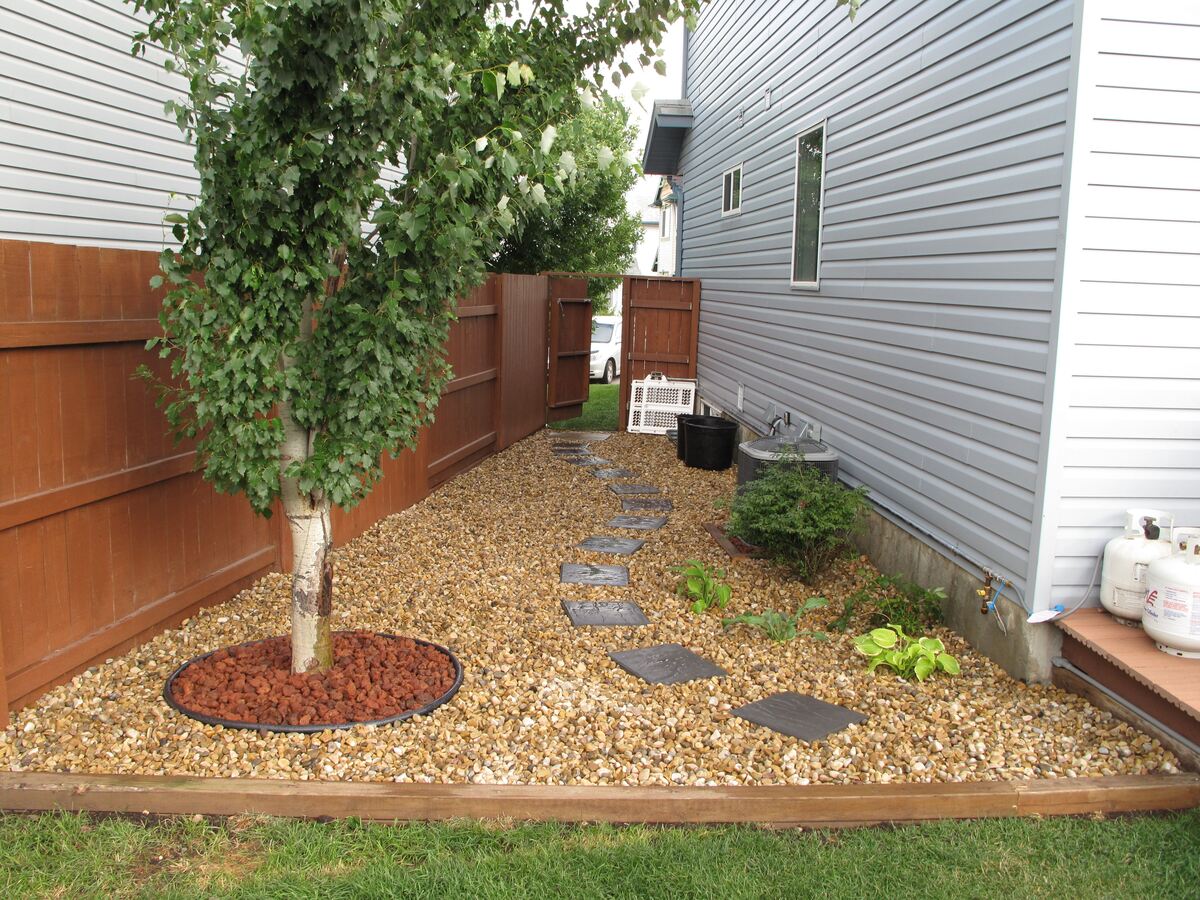


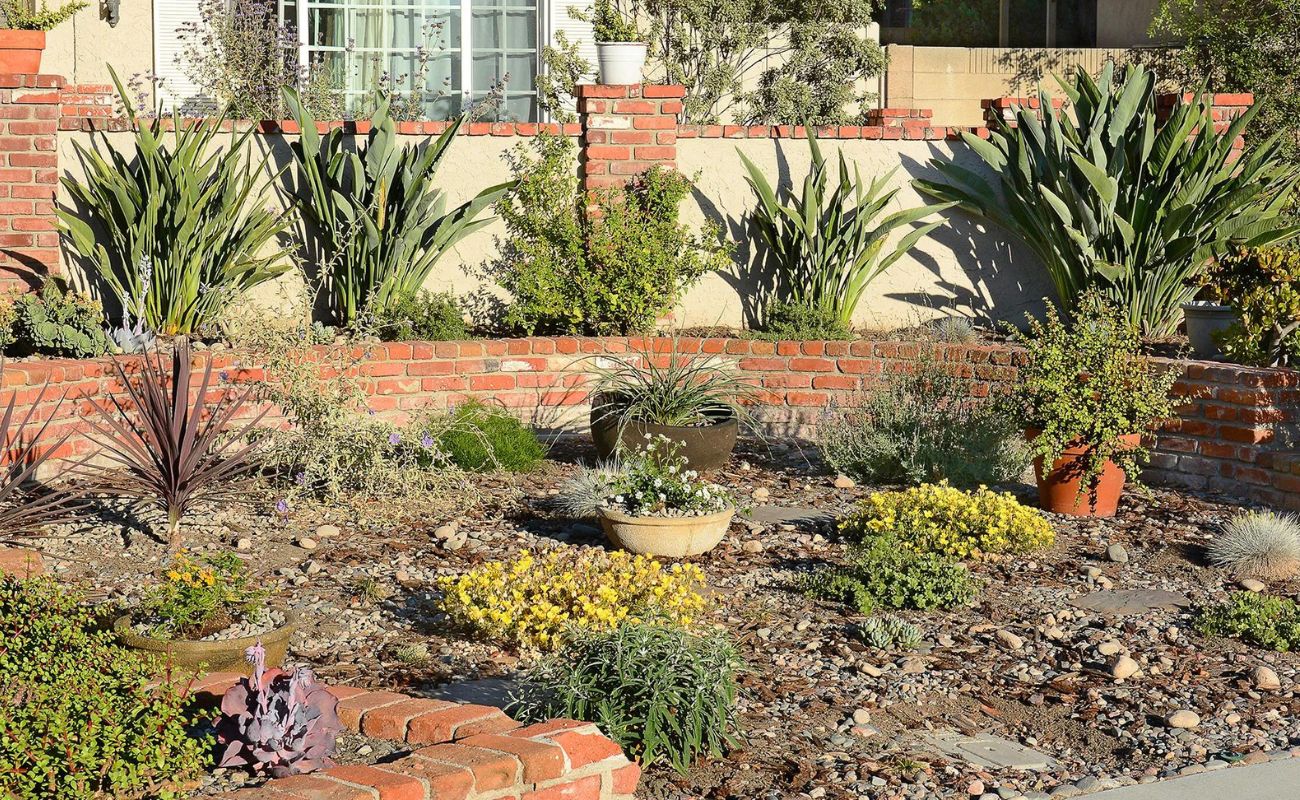
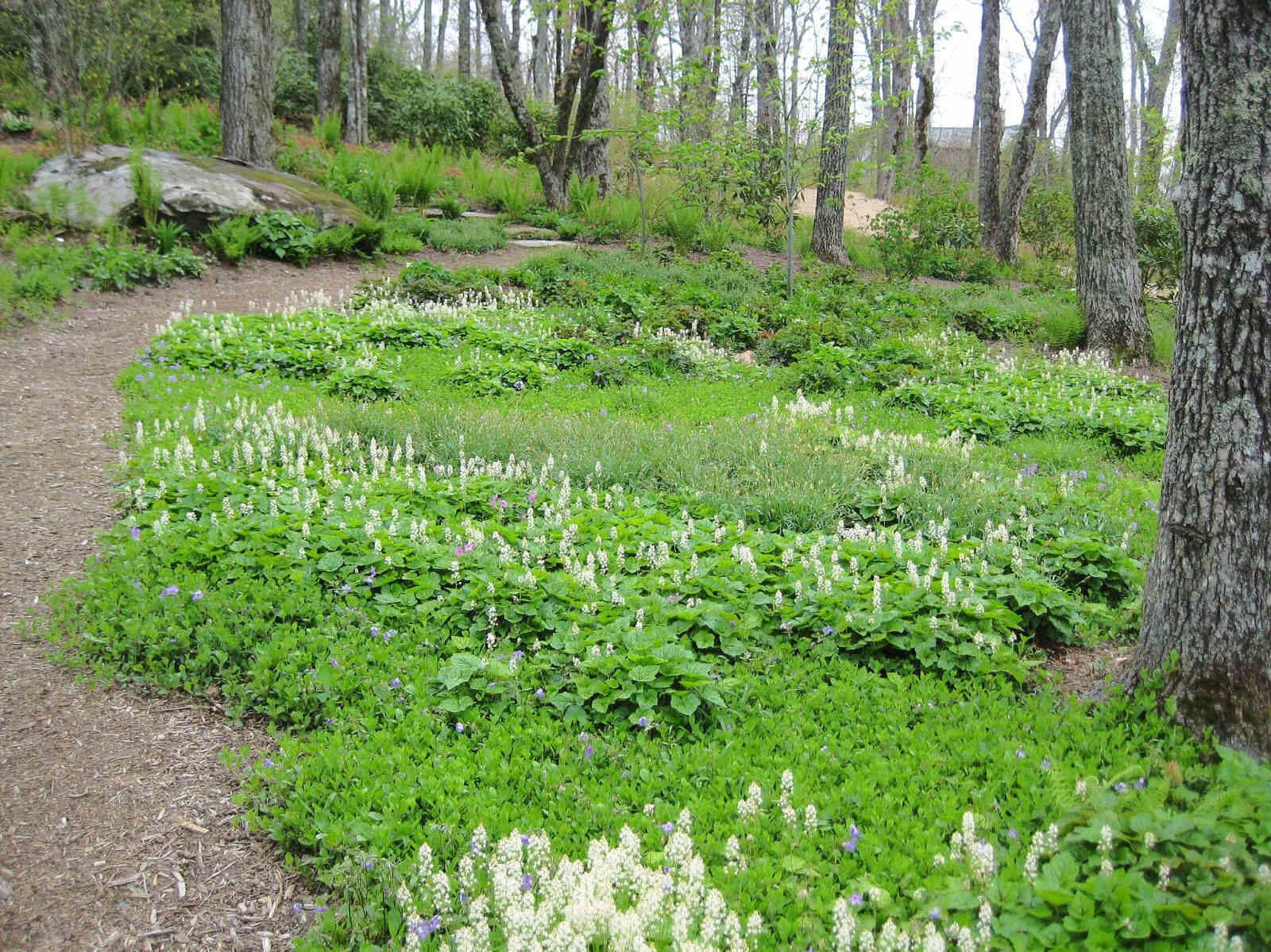
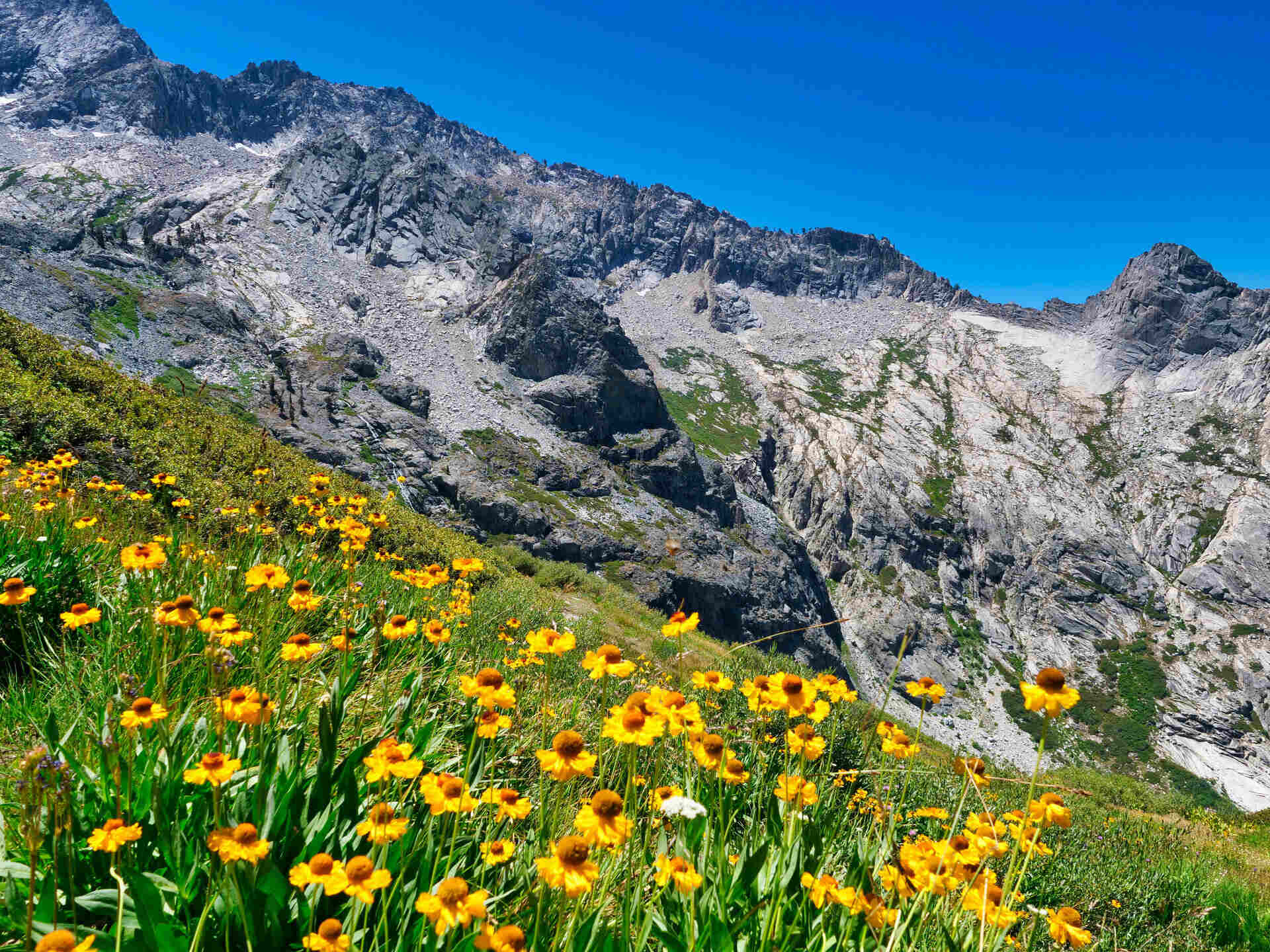
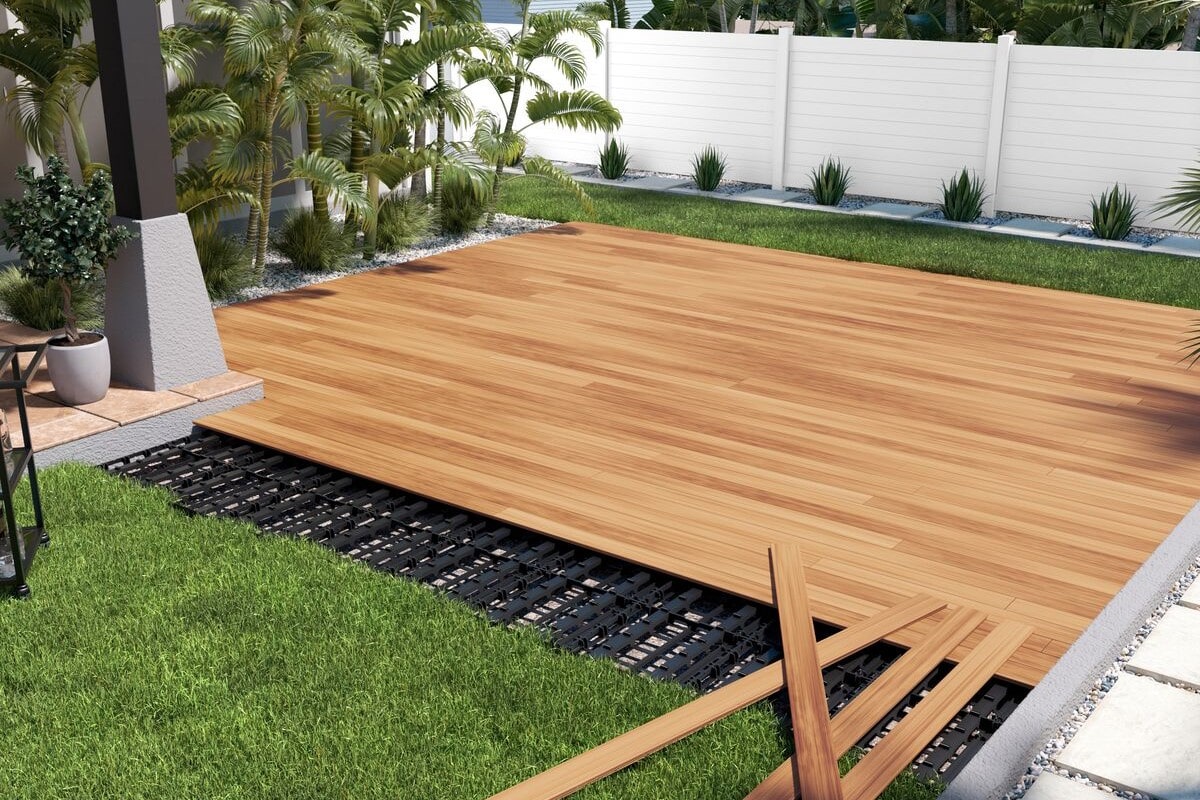
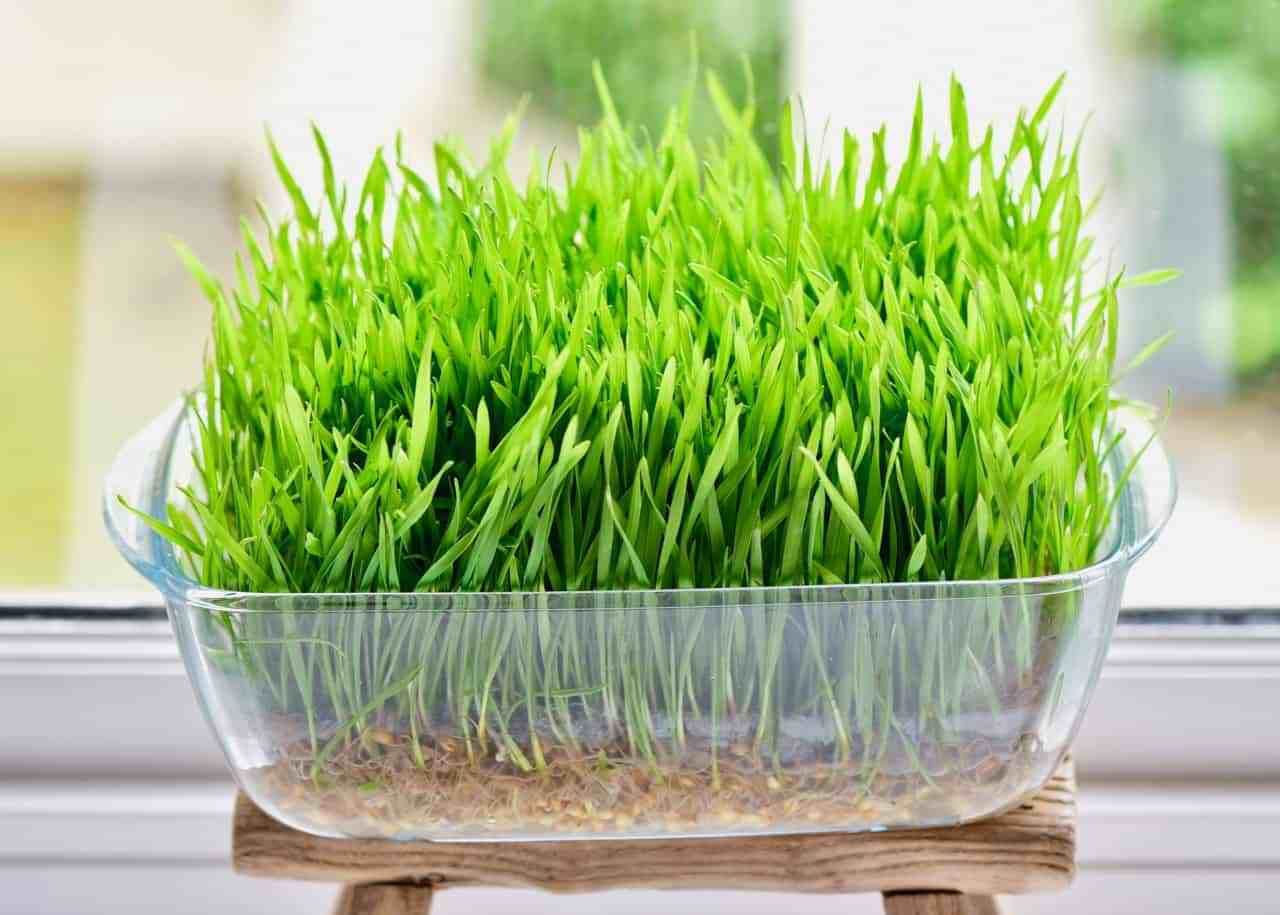
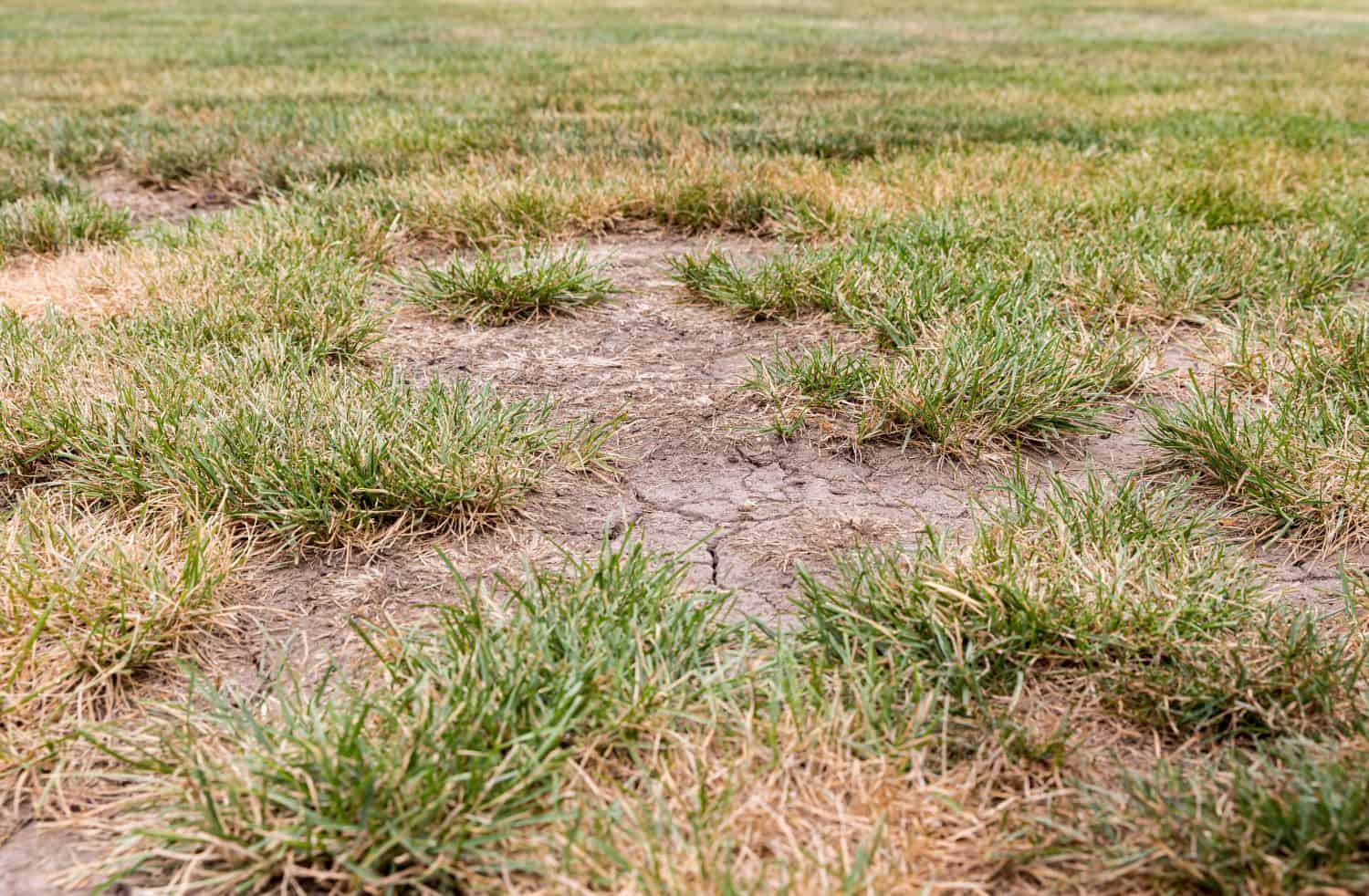
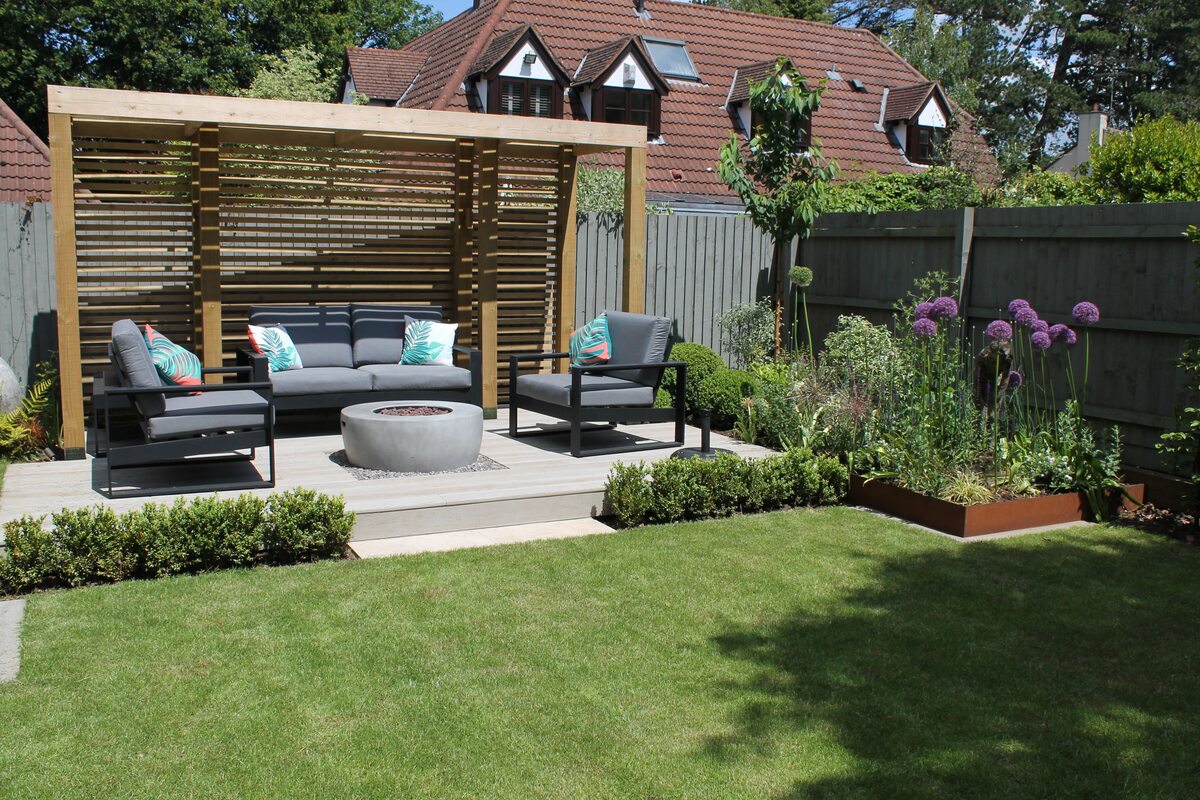
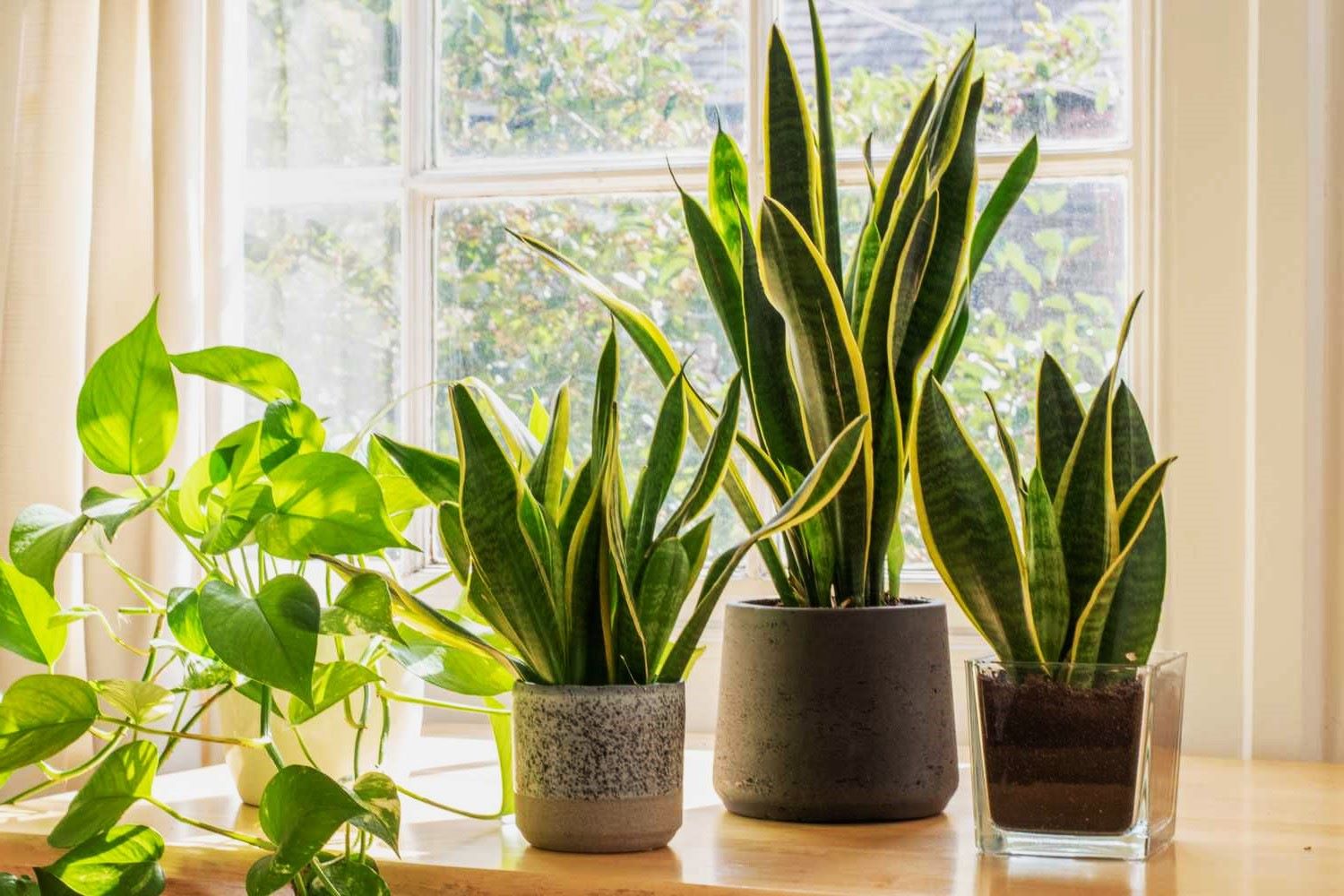
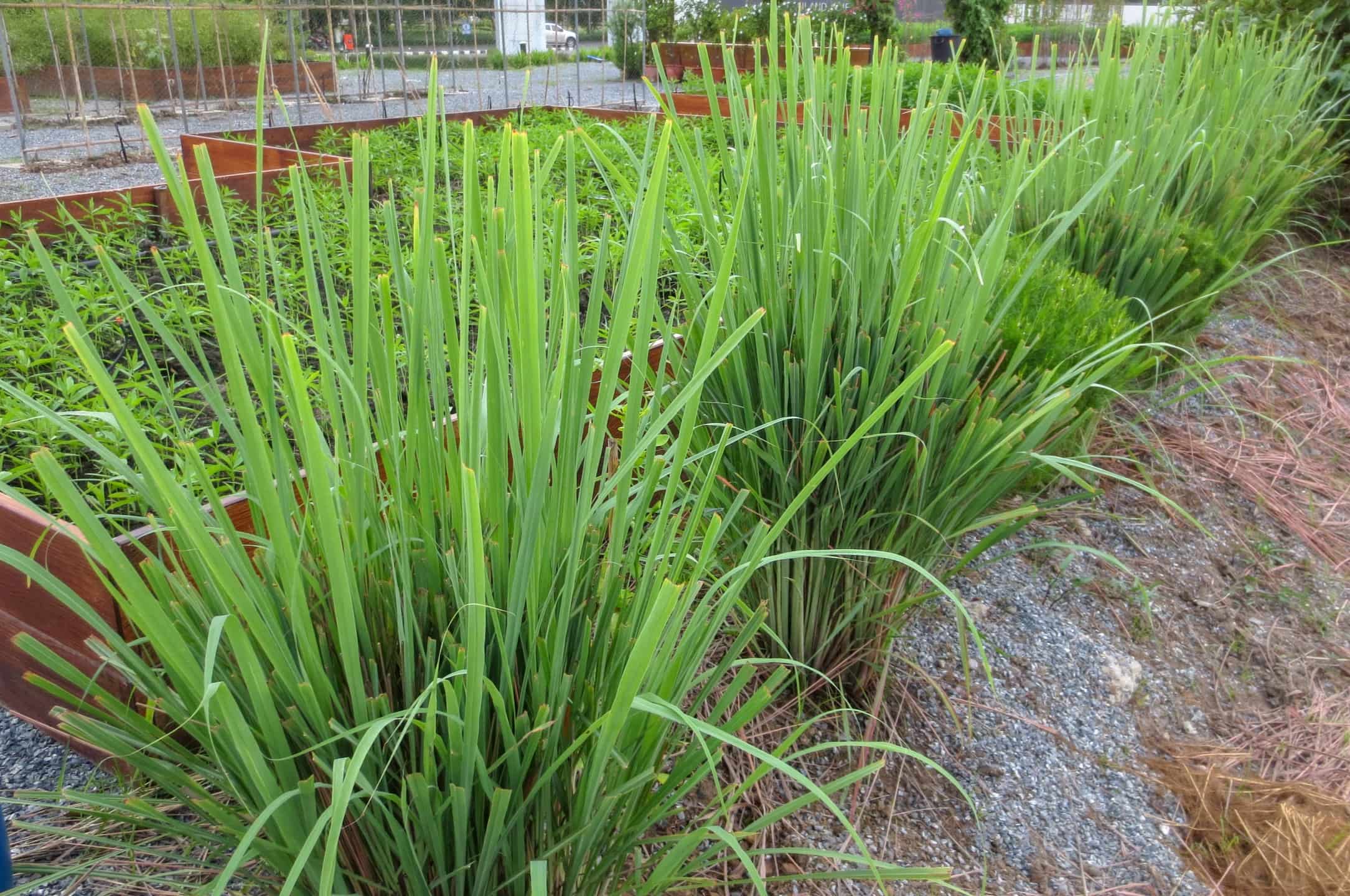
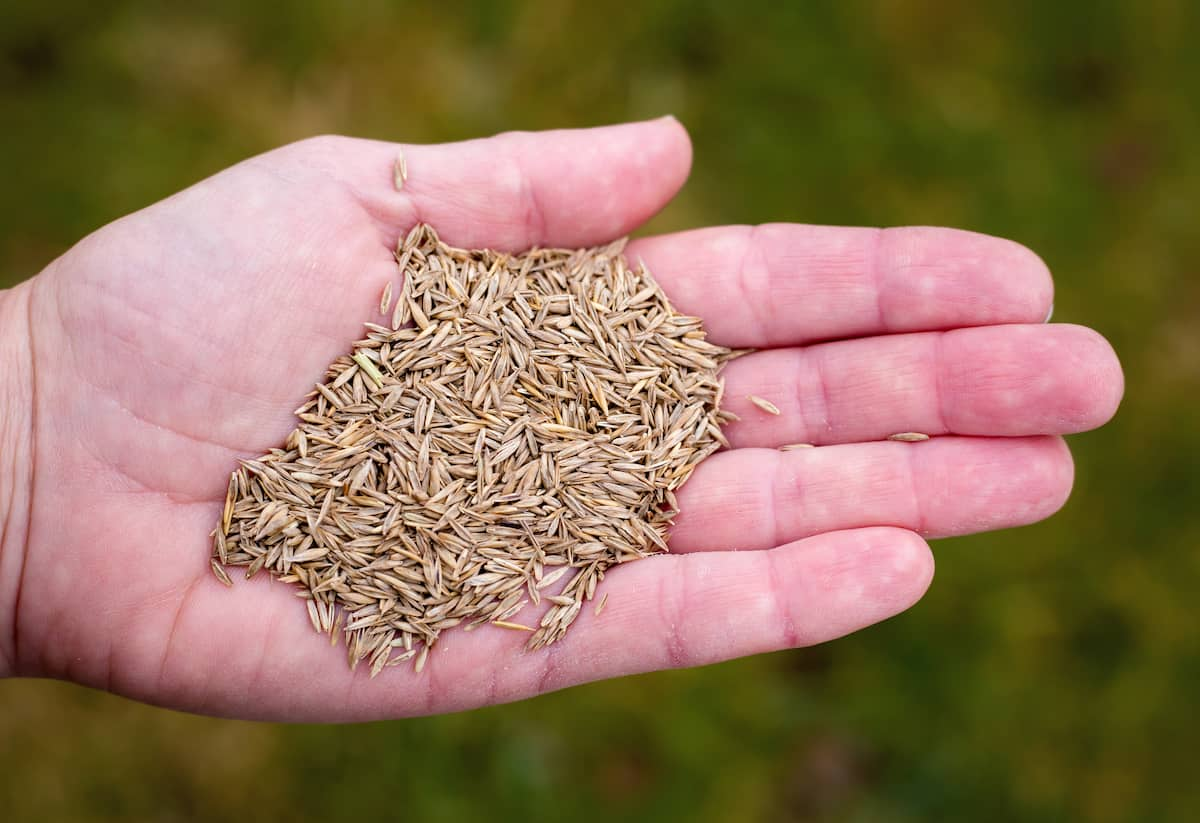

0 thoughts on “How To Grow Grass In Low Light Areas”